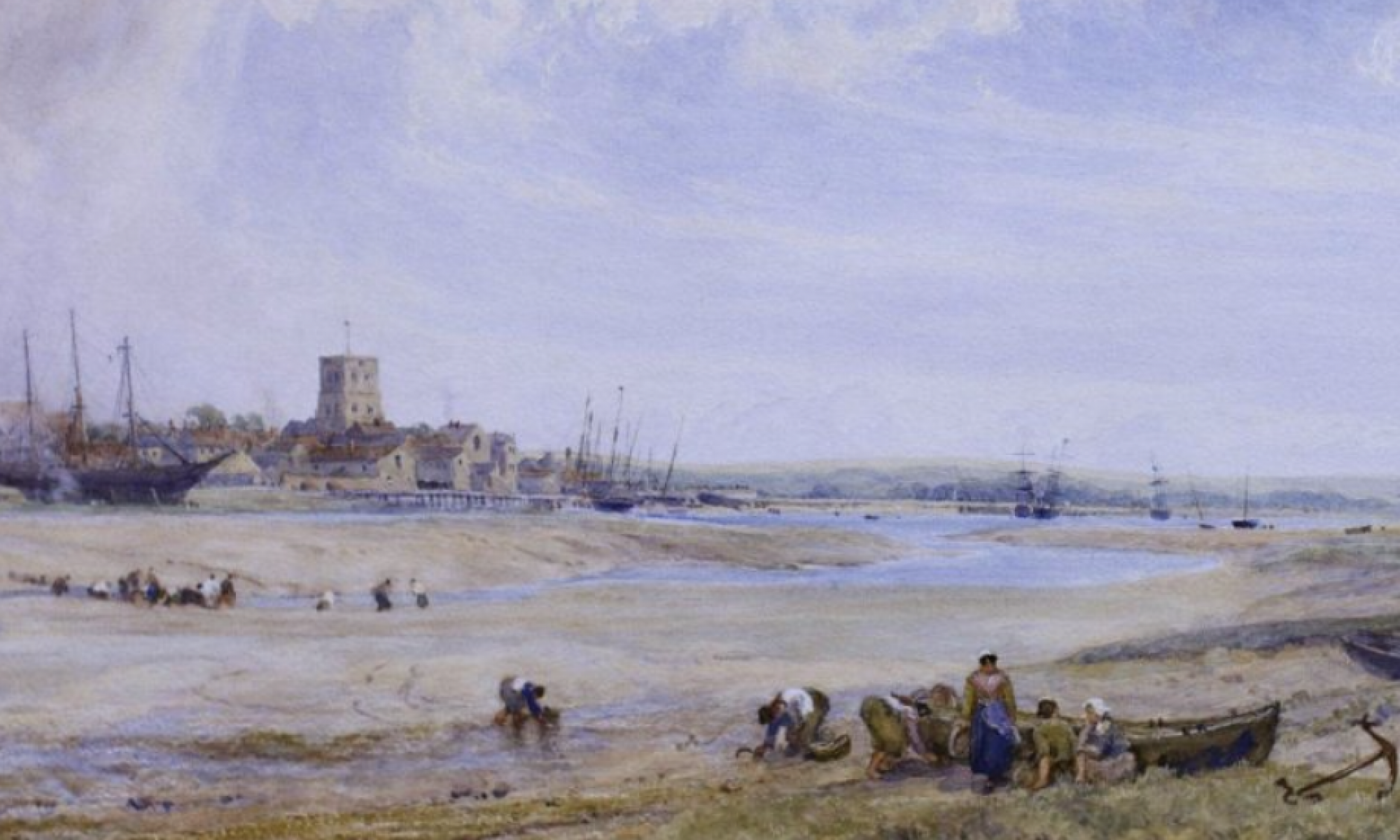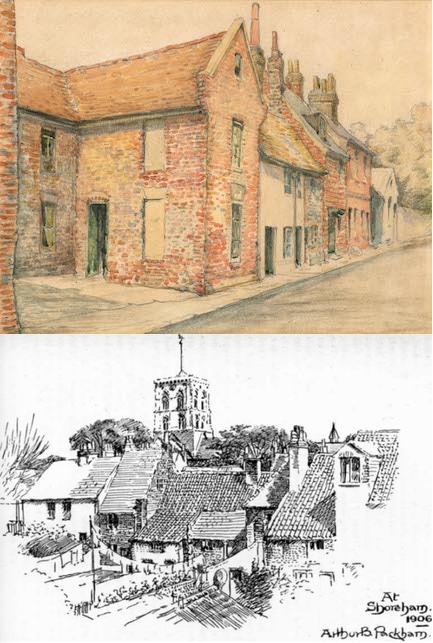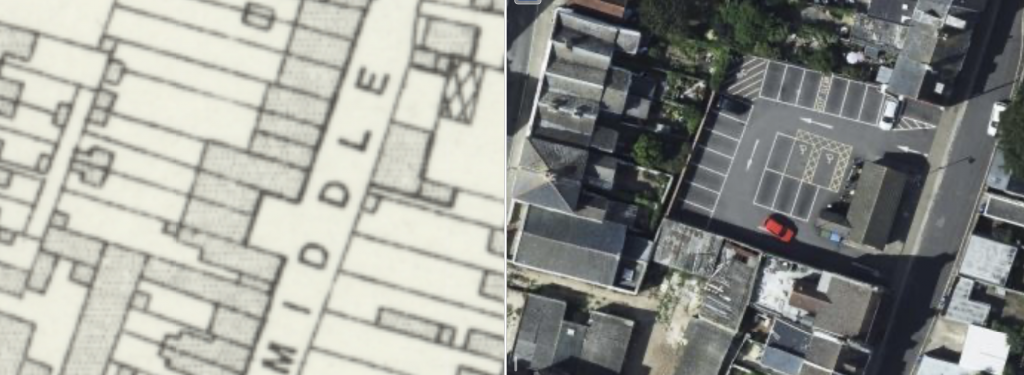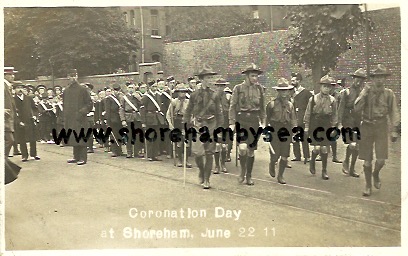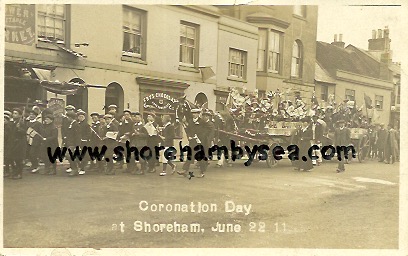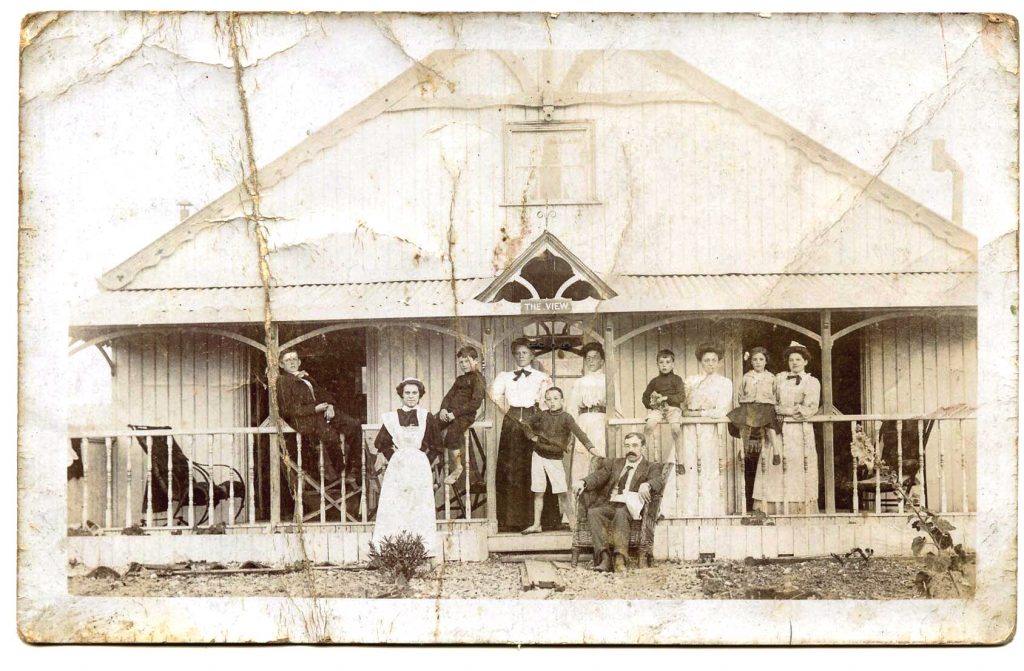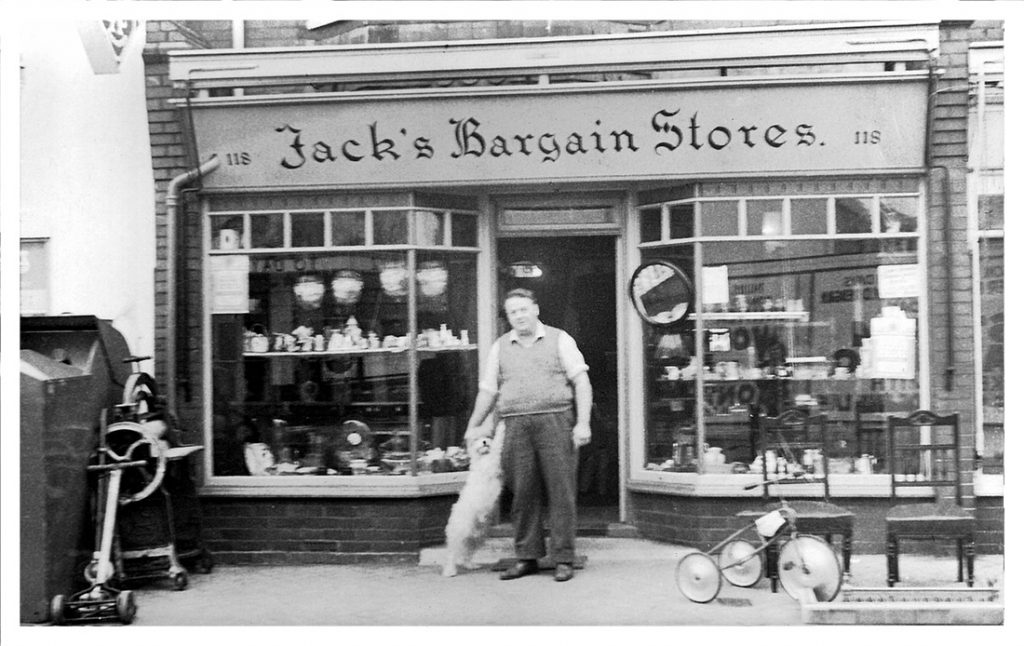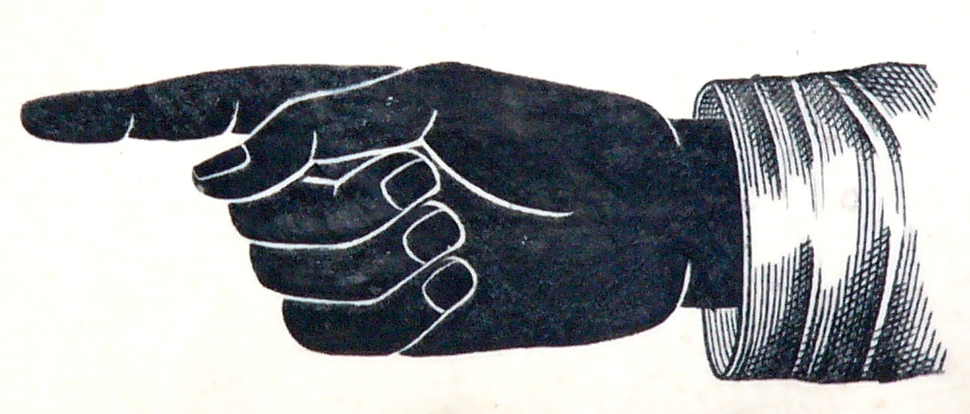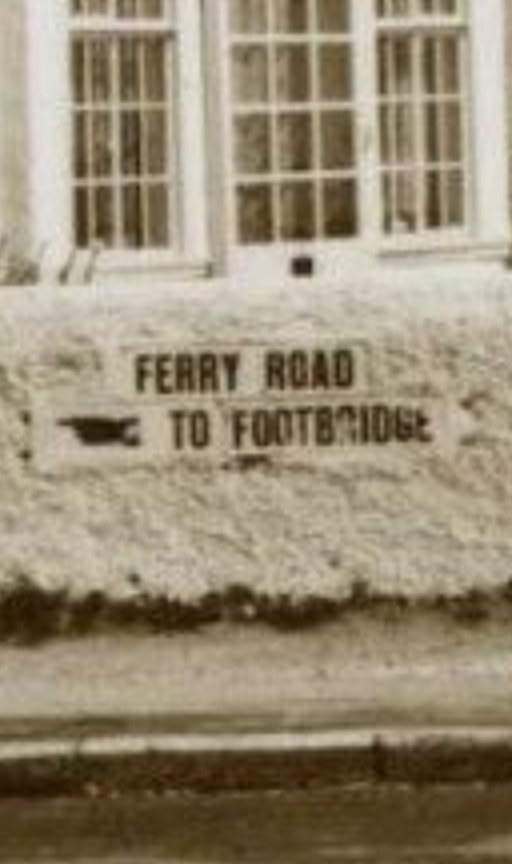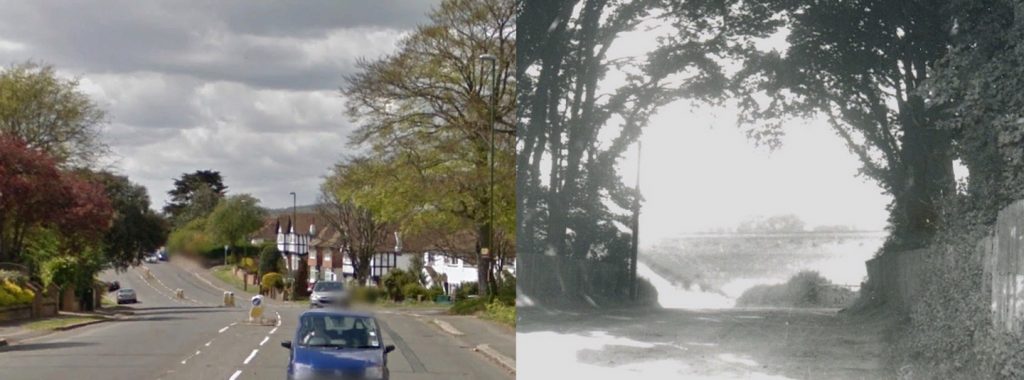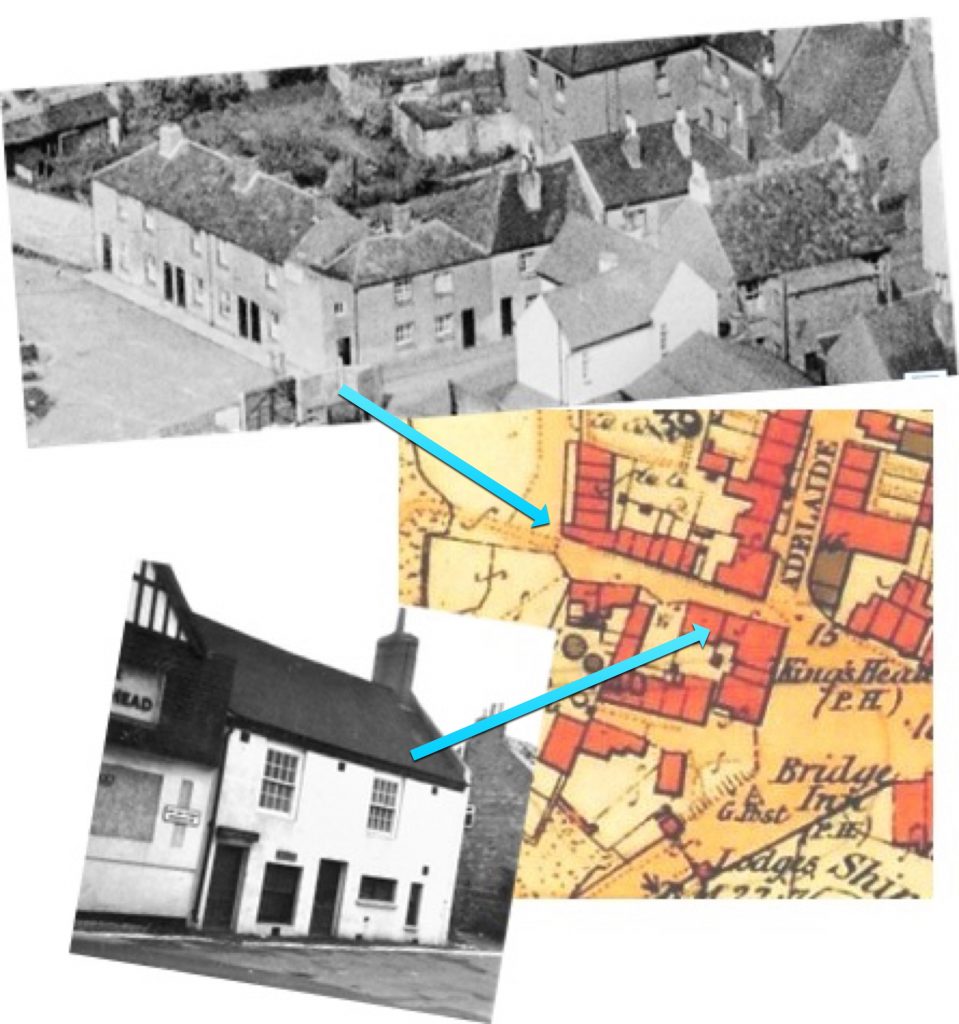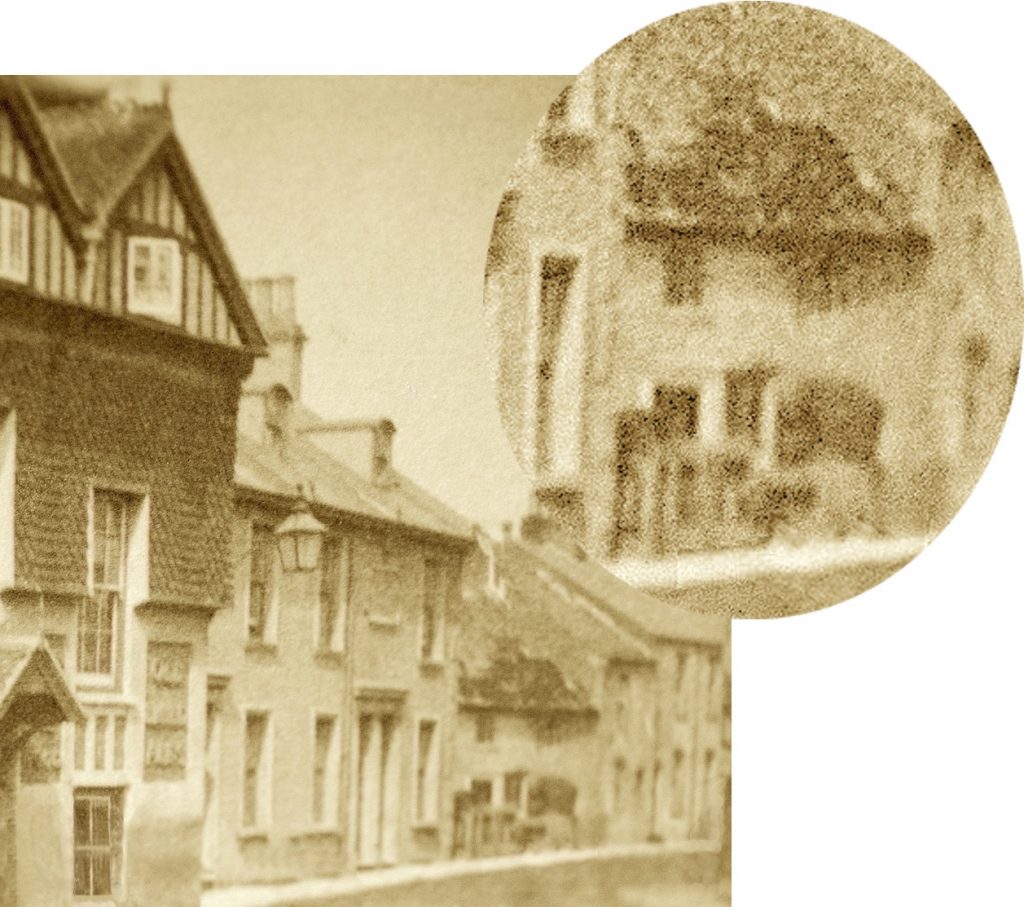
by Gerry White
As a child I read that Wilmot Road had been named after Lord Wilmot a supporter of King Charles, and his son Prince Charles, who escaped to France, this could not have been done without the help from the Noble Lord.
I also found out that Lennox Road, was named after an earlier Member of Parliament, who had represented Shorcham. I had never before given much thought to the origin of Street names. Therefore I decided to make notes and to find out more about other streets in this ancient town. I was not disappointed.
Continue reading “History of Shoreham Street Names”